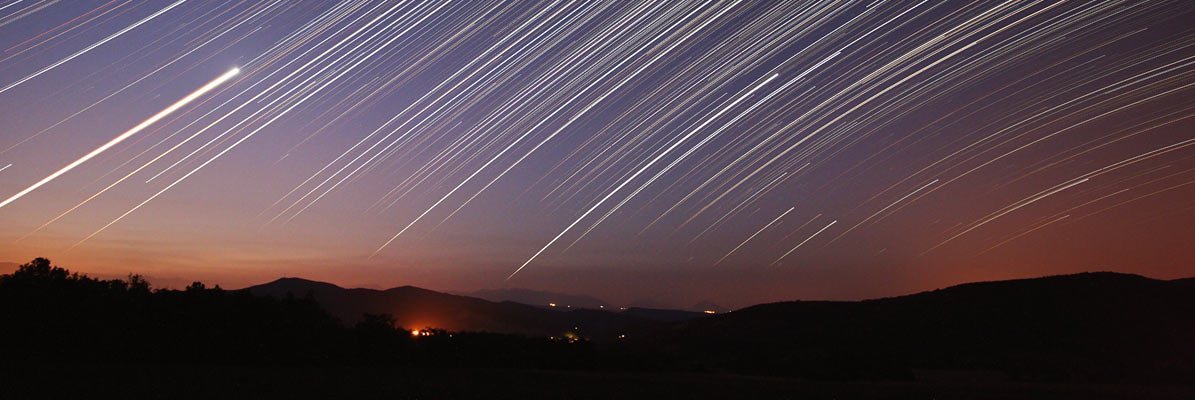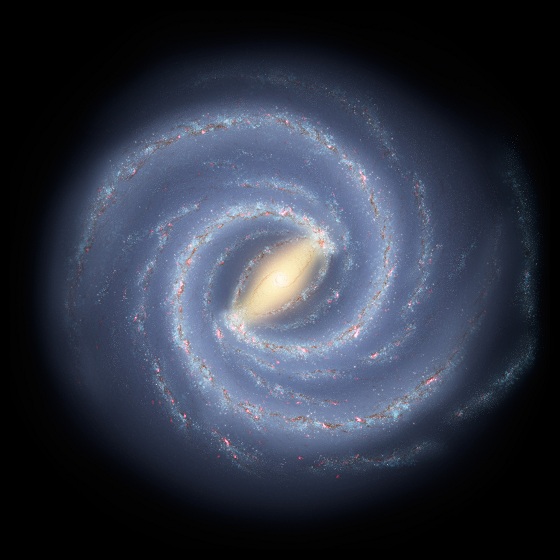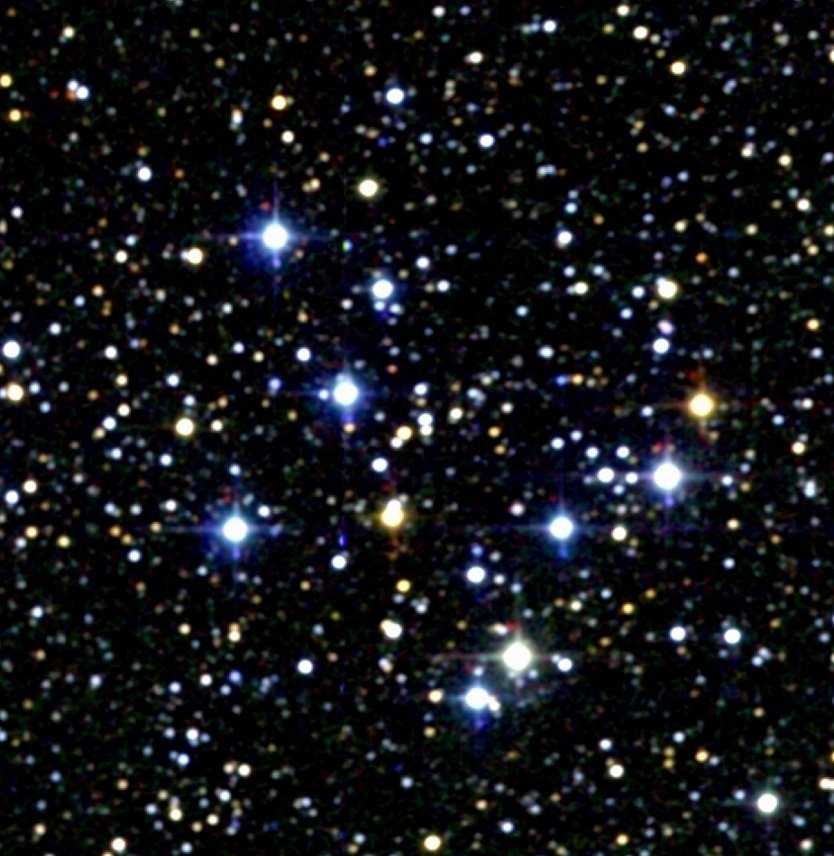
|
Exploring Stars in the Milky Way |
||||||||
|
|||||||||
 |

Mathematics Skill or Topic Area:
Proportional Relationships
Next Gen Science Framework: PS4.B: Electromagnetic Radiation, ESS1.A: The Universe and Its Stars, ETS2: Links Among Engineering, Technology, Science, and Society
Common Core ELA for Science: RST.6-8.2. Determine the central ideas or conclusions of a text; provide an accurate summary of the text distinct from prior knowledge or opinions. RST.6-8.8. Distinguish among facts, reasoned judgment based on research findings, and speculation in a text. RST.6-8.9. Compare and contrast the information gained from experiments, simulations, video, or multimedia sources with that gained from reading a text on the same topic.
Common Core Math Standard: 6.RP.1 Understand the concept of a ratio and use ratio language to describe a ratio relationship between two quantities; 6.RP.3 Use ratio and rate reasoning to solve real-world and mathematical problems, e.g., by reasoning about tables of equivalent ratios, tape diagrams, double number line diagrams, or equations.

Video Engagement: Seeing Stars This NASA eClips video segment lets students look through a telescope's lens for a closer look at planets and star clusters. Students learn about the habitable zone, the Orion Nebula and the Whirlpool Galaxy. (4 minutes). View Program
|
Engage your students with a press release: Our Milky Way Gets a Makeover
How big is our Milky Way galaxy? What does it look like from the outside? Early explorers wondered about Earth in the same way.
Today, astronomers are busy figuring out answers to these questions too.
Astronomers have known for nearly 100 years that our Milky Way is an enormous, flat, collection of billions of stars. The exact shape was a mystery.
Photographs of distant galaxies showed that flat galaxies usually had a bright center, called the nucleus. From this nucleus, a spectacular pinwheel of arms spiraled outwards. Figuring out exactly what kind of spiral pattern our Milky Way had was very hard to do. We were living inside the galaxy with a lot of stars and dust clouds hiding the details.
NASA's Spitzer Space Telescope has given astronomers more clues about the Milky Way's shape. Its spiral pattern has just two arms connected to a central bar of stars. Not long ago,
our galaxy was thought to have four major arms. Infrared light emitted by stars in the Milky Way can pass through even dense dust clouds. This allows astronomers to see a 'naked' galaxy free of the clouds that hide its shape. From Earth, the light from stars far across the disk of our galaxy can be seen this way.
The artist's illustration above shows what we think is the best model for the Milky Way. It has two major arms (called the Scutum-Centaurus and Perseus Arms)
attached to the ends of a thick central bar. The two other minor arms (called the Norma and Sagittarius Arms)
are less distinct. They are located between the two major arms. The major arms are places where there are bright young stars, and colorful gas clouds where stars are being born. The minor arms are mostly filled with gas and pockets of star-forming activity.
For many years, the Milky Way was thought to be an ordinary spiral galaxy. It had a pinwheel shape. Its arms started directly from a round nuclear region. Astronomers have
photographed thousands of these kinds of spiral galaxies. Other types of galaxies were also
known to astronomers. One such type is called the barred-spiral galaxy. Instead of a round nuclear hub of stars,
the billions of stars at its center form a bar-like shape. No one seriously thought the Milky Way looked like a barred-spiral galaxy. But then in the 1990's,
data from NASA's COBE satellite showed that the nucleus was elongated and not round. The Spitzer Space Telescope has now provided improved data that reveals this bar-like structure in more detail.
Our sun lies near a small, partial arm called the Orion Spur, located between the Sagittarius and Perseus Arms. The Orion Spur is about 2/3 of the way from the center of the Milky Way to its bottom edge in the artist's illustration.
Press release date line - June 3, 2008 Press release
location: [
Click Here ] |
|
Explore
math connections with SpaceMath@NASA
Problem I -
Counting Stars using Ratio and Proportion -
Students use ratio and proportion to estimate the number of stars in the sky from a single photograph like the one shown below.
[Open PDF ]
Problem II -
How Common are Stars like our Sun?
- Astronomers classify stars so that they can study
their similarities and differences. A very common way to classify stars is by their temperature. In this problem students will
discover how common stars, like our sun, are in the Milky Way.
[Open PDF ]
Explain
your thinking: Write
your own problem - Using information
found in the Math Connection problems, the press release or the video
program, create your own math problem. Explain why you set the problem up this
way, and how you might find its answer.
Evaluate
your understanding: Challenge Problem
-
Our Sun Compared to Other Stars - Stars come in many different sizes. Our sun has a diameter of about 1.5 million kilometers.
Other stars can be 1000 times smaller or 1000 times bigger than this. In this problem students will follow number
clues to compare the sizes of some familiar stars.
[Open PDF]


NASA / JPL
3-D Solar System
Extend your new knowledge - Compare the sizes of stars to the orbits of planets in our solar system [ Open PDF ]